Lesson 3: Preserving the cultural soul of the capital in the flow of urban development

Culture - the pillar of urban identity
When the full moon of the Mid-Autumn Festival shines on the ancient tiled roofs of Hang Ngang, Hang Gai or Hang Buom… people and tourists can live in the atmosphere of memories. The old Mid-Autumn Festival trays, the willow lanterns, the bustling sound of lion drums on the Hoan Kiem Lake walking street - all evoke the long-standing cultural layers in the middle of a bustling urban area. It was during this term that Hanoi made a strong move to keep the "soul of the city" from being swept away by the flow of modernity.
The Party Committee and the city government clearly identified: Culture is no longer a "soft" field but an endogenous pillar in the development strategy. The city has spent more than 5,000 billion VND on culture and sports , including more than 1,700 billion VND invested in developing relics, cultural institutions and artistic activities. Thanks to that, nearly 200 relics have been restored, bringing the total number of ranked relics to nearly 6,000, including 21 special national relics and the World Cultural Heritage of Thang Long Imperial Citadel - proof of methodical and long-term investment.
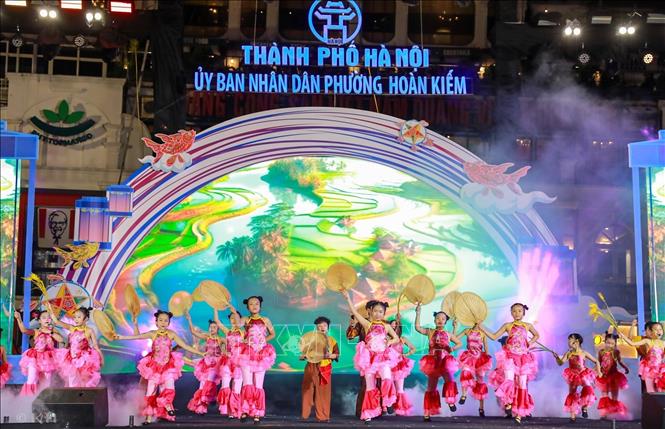
In urban planning, cultural factors are increasingly integrated. When planning works, urban areas, and traffic projects, many design maps must consider the impact on relics, ancient streets, and green spaces connecting heritage. Models such as "pedestrian streets", "cultural parks, squares", "spaces for experiencing identity"... have been calculated and integrated from the design stage. Urban renovation projects prioritize preserving original features, instead of demolishing and massively rebuilding.
Not only preserving, Hanoi is also a pioneer in applying technology to "bring to life" heritage. Temple of Literature - Quoc Tu Giam, Thang Long Imperial Citadel or Hoa Lo Prison relic... have applied 3D mapping technology into interaction, researched the application of virtual reality (VR), augmented reality (AR), mixed reality (MR) into explanations, historical reenactments, developed smart sightseeing applications on mobile phones, multilingual explanations... The combination of technology and heritage not only helps visitors have new experiences but also brings Vietnamese culture closer to international friends.
Hanoi promotes the development of cultural industries and creative spaces, associated with the title "UNESCO Creative City" recognized since 2019. Areas such as Phuc Tan, Tran Hung Dao Mechanical Factory or Long Bien Station are gradually becoming meeting places for artists and young people. In 5 years, more than 3,000 cultural and artistic events have been organized, from Creative Design Week, Ao Dai Festival to Hanoi International Film Festival..., affirming the position of the Capital as a center of convergence and dissemination of cultural quintessence.
Cultivate elegant and civilized behavior
A truly cultured city is one where culture is present in every habit and behavior of its people. Identifying this as a task that requires perseverance and persistence, the Hanoi Party Committee has implemented a separate work program (Program 06-CTr/TU 2021 of the Hanoi Party Committee) on building culture and people, focusing on cultivating elegant and civilized behavior from an early age for the young generation, emphasizing the element of creativity in implementation. Since then, many old beauties have been restored, and new beauties in behavior have been formed.

The culture of public behavior is also focused on through promoting the implementation of two sets of Codes of Conduct for officials, civil servants, public employees, and workers in agencies under Hanoi City and the Code of Conduct in public places is gradually reshaping the culture of behavior of Hanoi people. Evaluating after more than 4 years of implementing Program No. 06-CTr/TU deployed from 2021, with the goal of developing culture, improving the quality of human resources and building elegant and civilized Hanoians, Standing Deputy Secretary of the Hanoi Party Committee Nguyen Van Phong emphasized that Hanoi has had specific and practical products on culture and people, affirming the prestige, brand, and position of the Capital, contributing significantly to unleashing creativity in society, thereby improving the cultural and spiritual life of the people.
However, the journey to preserve the cultural soul still faces many challenges. At the grassroots level, some leaders still underestimate the cultural values and human values of Hanoi in developing all aspects of social life; many places lack competent cultural staff, activities are still formal and repetitive, not creating attraction for the people. Young people are strongly influenced by social networks and the wave of global popular culture, sometimes far from traditional values. The gap between the inner city and the suburbs is still clear, in the center there are many events and vibrant activities, while the suburban areas and villages are limited in space, funding, and creative human resources. Entertainment content on the internet spreads quickly, sometimes deviates from standards, creating the risk of fading local cultural values. Without synchronous policies, solutions and attractive, in-depth cultural products, Hanoi will find it difficult to maintain its identity in the process of integration and strong development today.
To ensure the sustainability of Hanoi's "cultural footprint", experts say it is necessary to assess the cultural impact of all planning projects and new construction projects. Urban planning must take into account historical landscapes, heritage spaces, and integrate creative industry development with the preservation of traditional values. Dr. Architect Dao Ngoc Nghiem, Vice President of the Vietnam Urban Planning and Development Association, emphasized that modern urban governance cannot be separated from culture but must be an integrated process, where institutions, planning, culture, science - technology and community operate together in a unified ecosystem.
Hanoi needs to invest in training and capacity building for its cultural staff; encourage local initiatives, support unique cultural products, and avoid duplication and formality. It is necessary to bring traditional culture into schools, organize regional festivals, film screenings, mobile art programs, etc. so that culture can spread to every residential area, especially the suburbs and newly merged rural areas.
Regarding management, the city should establish a mechanism to monitor urban culture, strictly handle acts of encroachment on relics and destruction of landscapes. Along with that, it is necessary to invest in public spaces around heritage sites such as parks, flower gardens, artistic lighting... so that people have a place to experience culture every day. In cyberspace, the city should promote positive communication, produce quality content, and create a "digital cultural counterbalance" to the trend of indefinite entertainment.
A city that loses its identity will become "faceless" - like countless similar cities. Hanoi, in the 2020 - 2025 term, has steadfastly refused to follow that path. Amidst the newly built buildings, the capital still retains its own "cultural code" with ancient features: moss-covered tiled roofs, small alleys, green trees, musical instruments, traditional cafes, elegant lifestyle...
Cultural imprints cannot be created by slogans or short-term budgets alone, but are formed from a long-term vision - in planning, investment, and in every development choice. If we continue to place culture in a strategic position and consider people as creative subjects, Hanoi will not only develop sustainably but also become a city with a "soul" - where every step touches a living memory, not an indifferent block of concrete.
From a cultural foundation rich in identity, Hanoi continues to affirm its pioneering role in comprehensive development, harmoniously connecting urban and rural areas. Culture, with its pervasiveness and depth, has permeated every countryside and every field, becoming a spiritual driving force for the construction of new rural areas, the development of ecological, modern and civilized agriculture. This is an important piece, contributing to the creation of a capital that is both modern and preserves its identity and sustainability. (To be continued_
Lesson 4: Innovation towards modern management and specialized production
Source: https://baotintuc.vn/thoi-su/dau-an-nhiem-ky-khat-vong-tam-cao-moi-bai-3-20251012084845114.htm








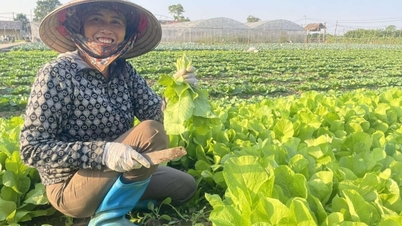

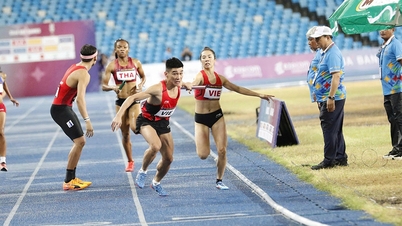

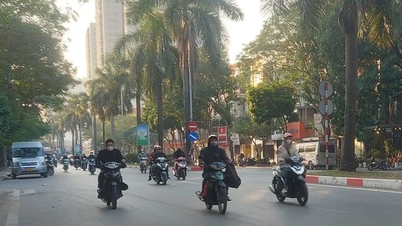

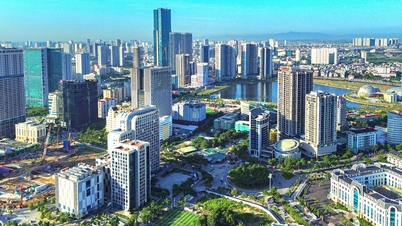


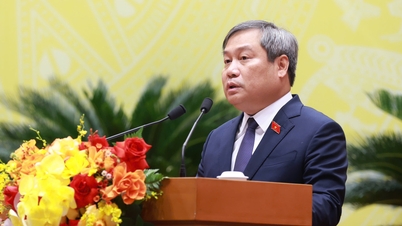

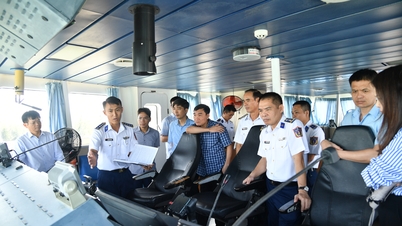
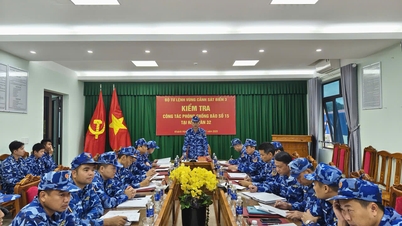
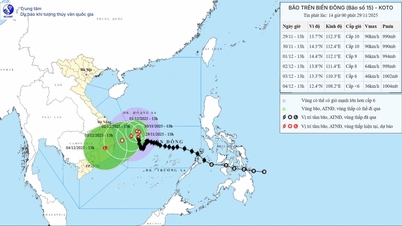
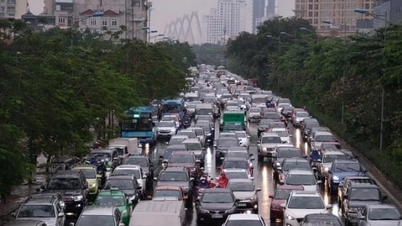

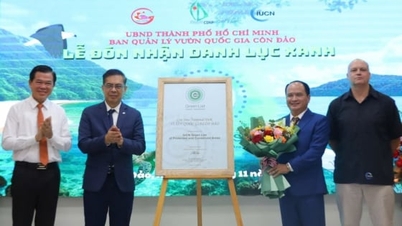
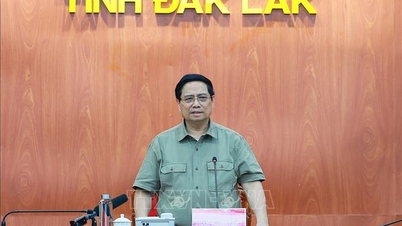




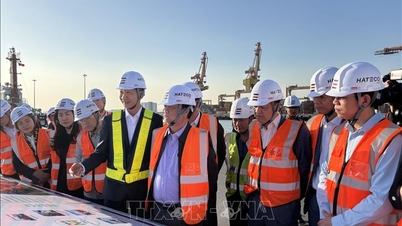

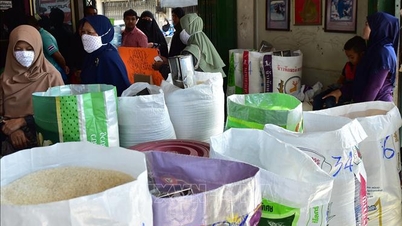
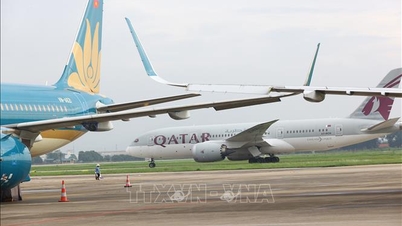
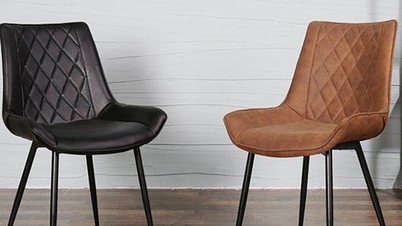
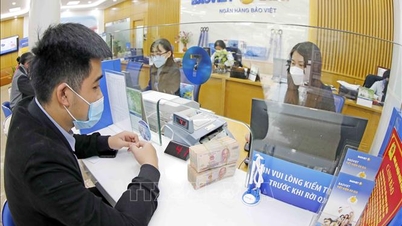



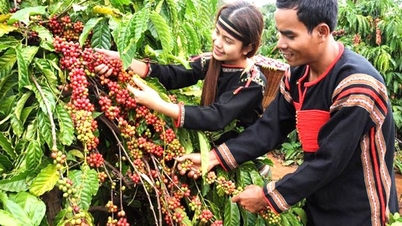

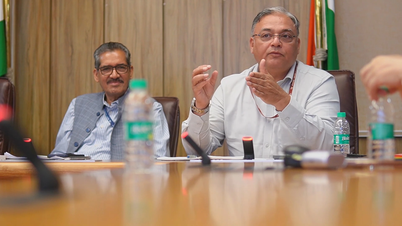
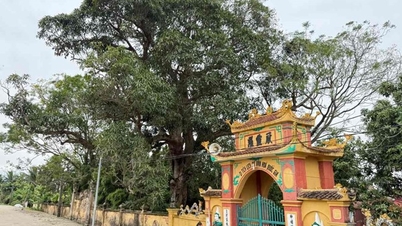

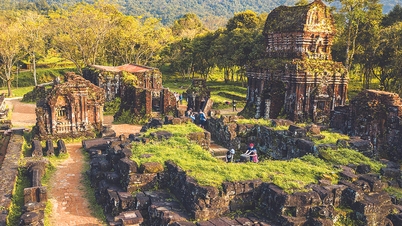
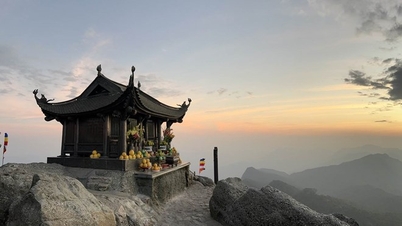
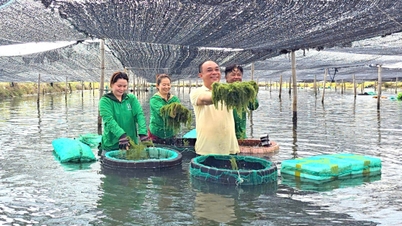
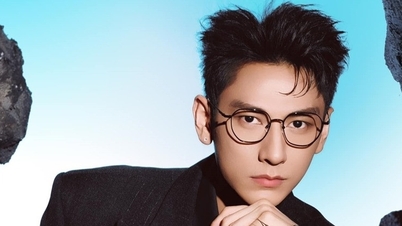

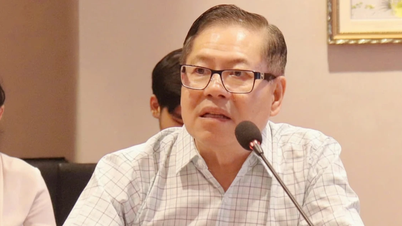

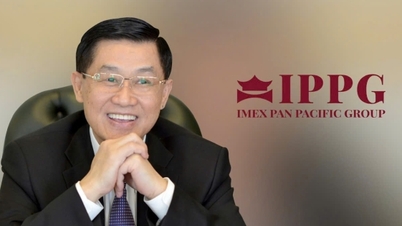
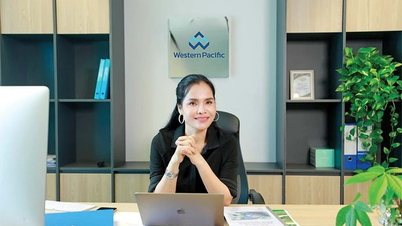

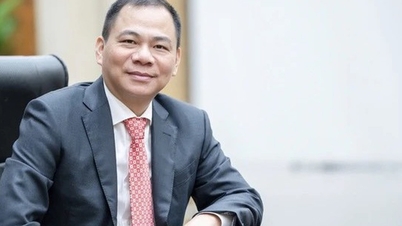






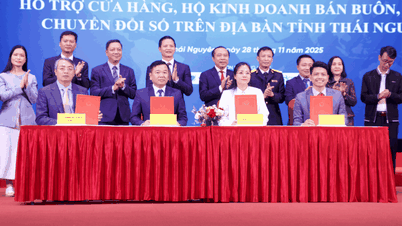






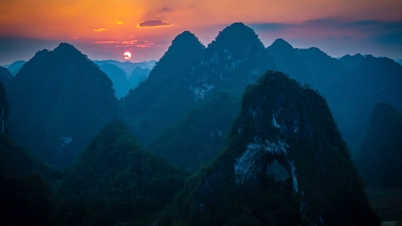

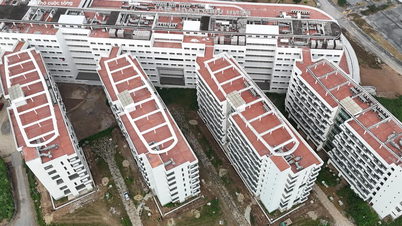

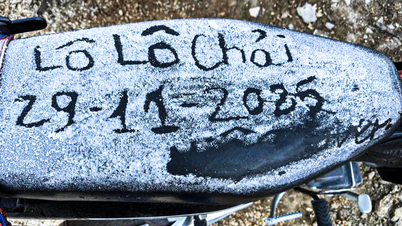
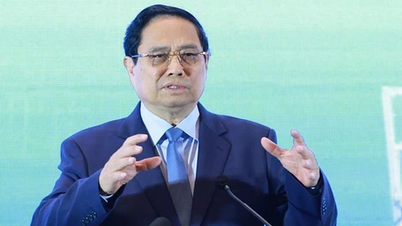
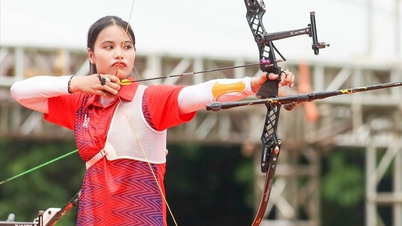
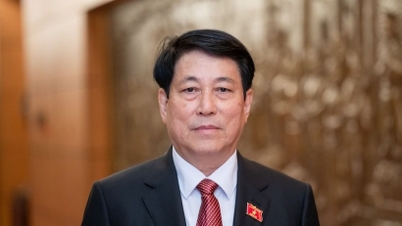


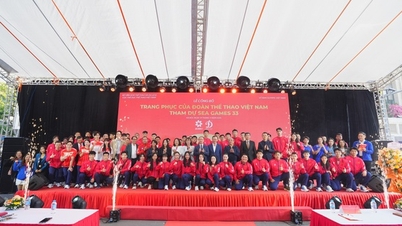

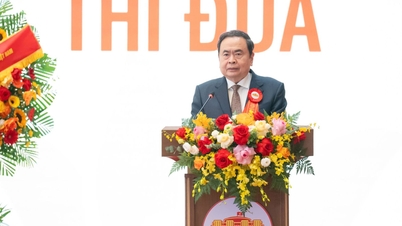


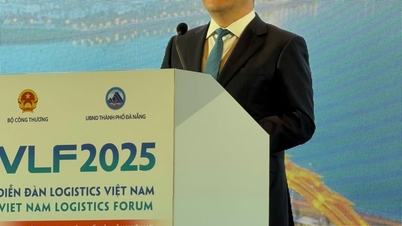
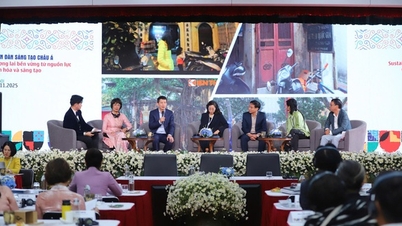
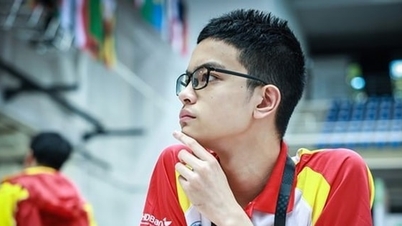

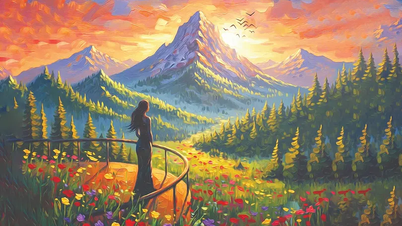

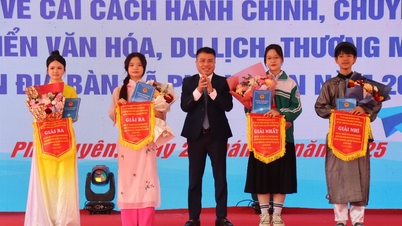
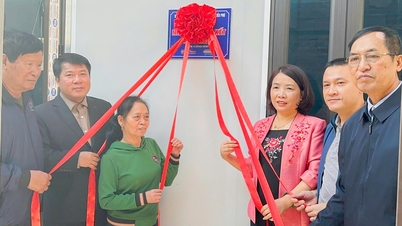
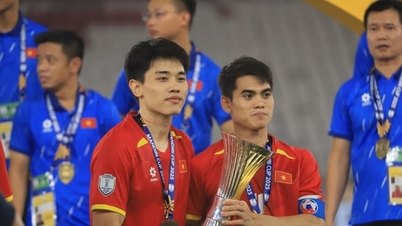






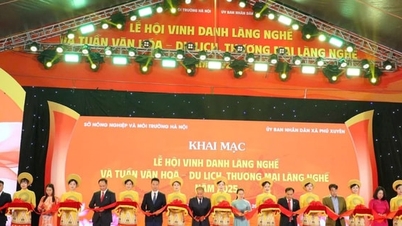

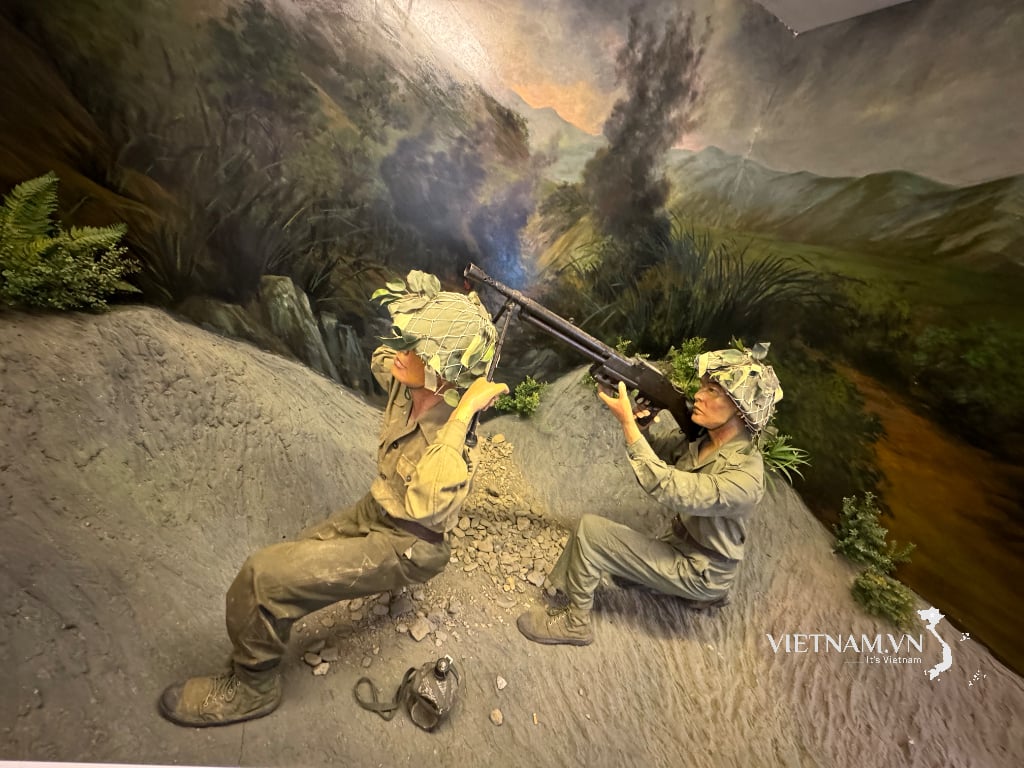



Comment (0)